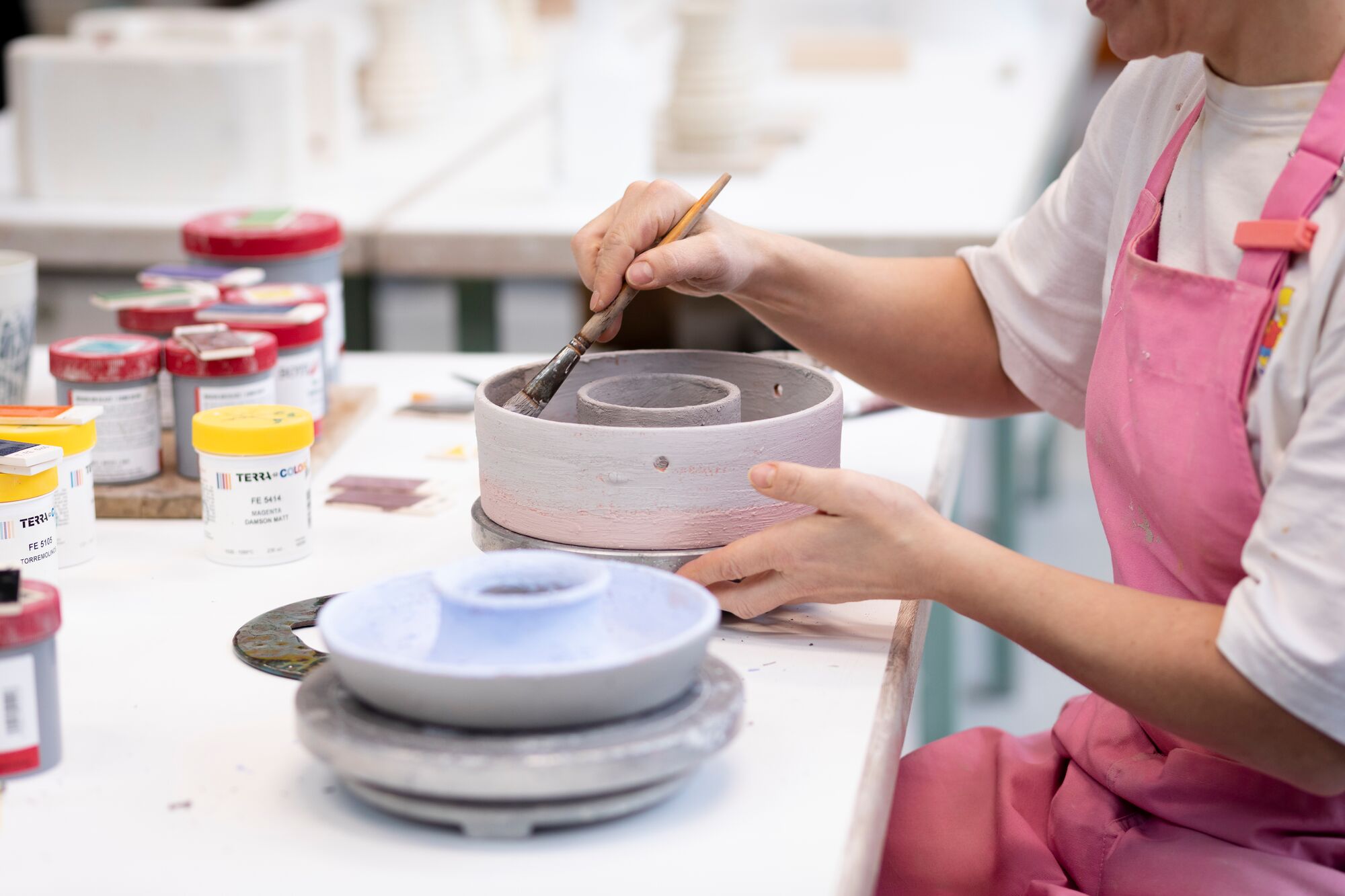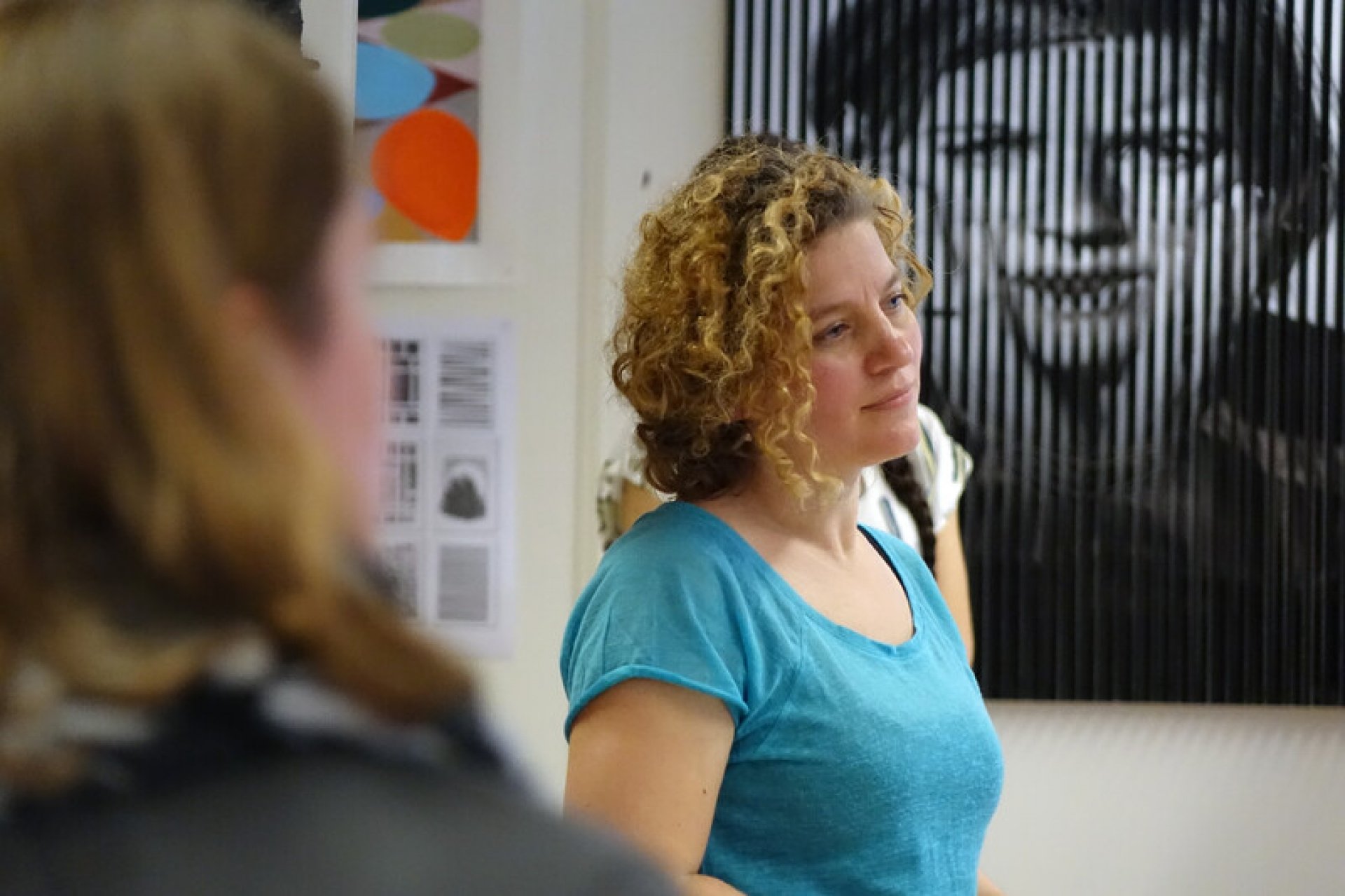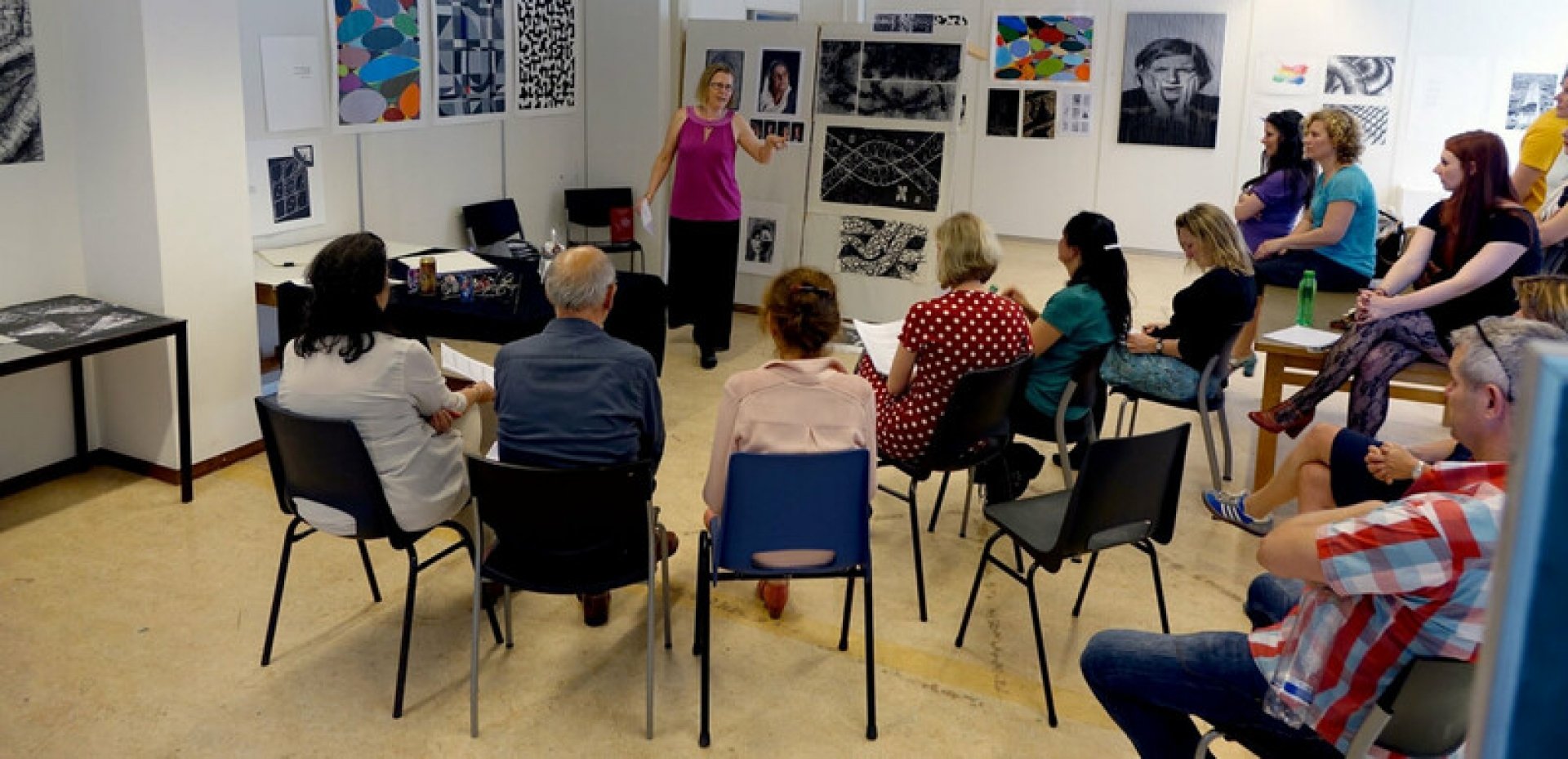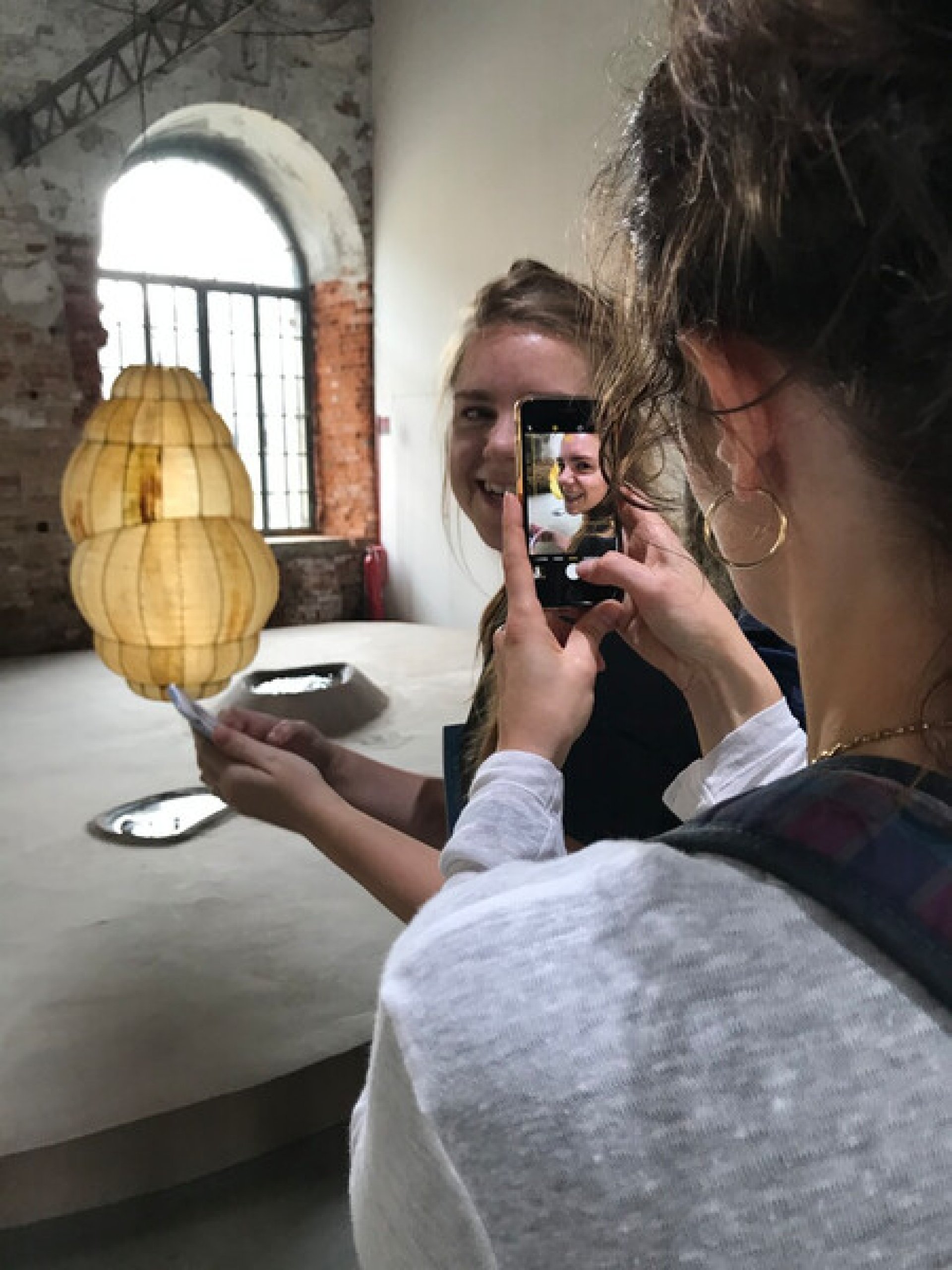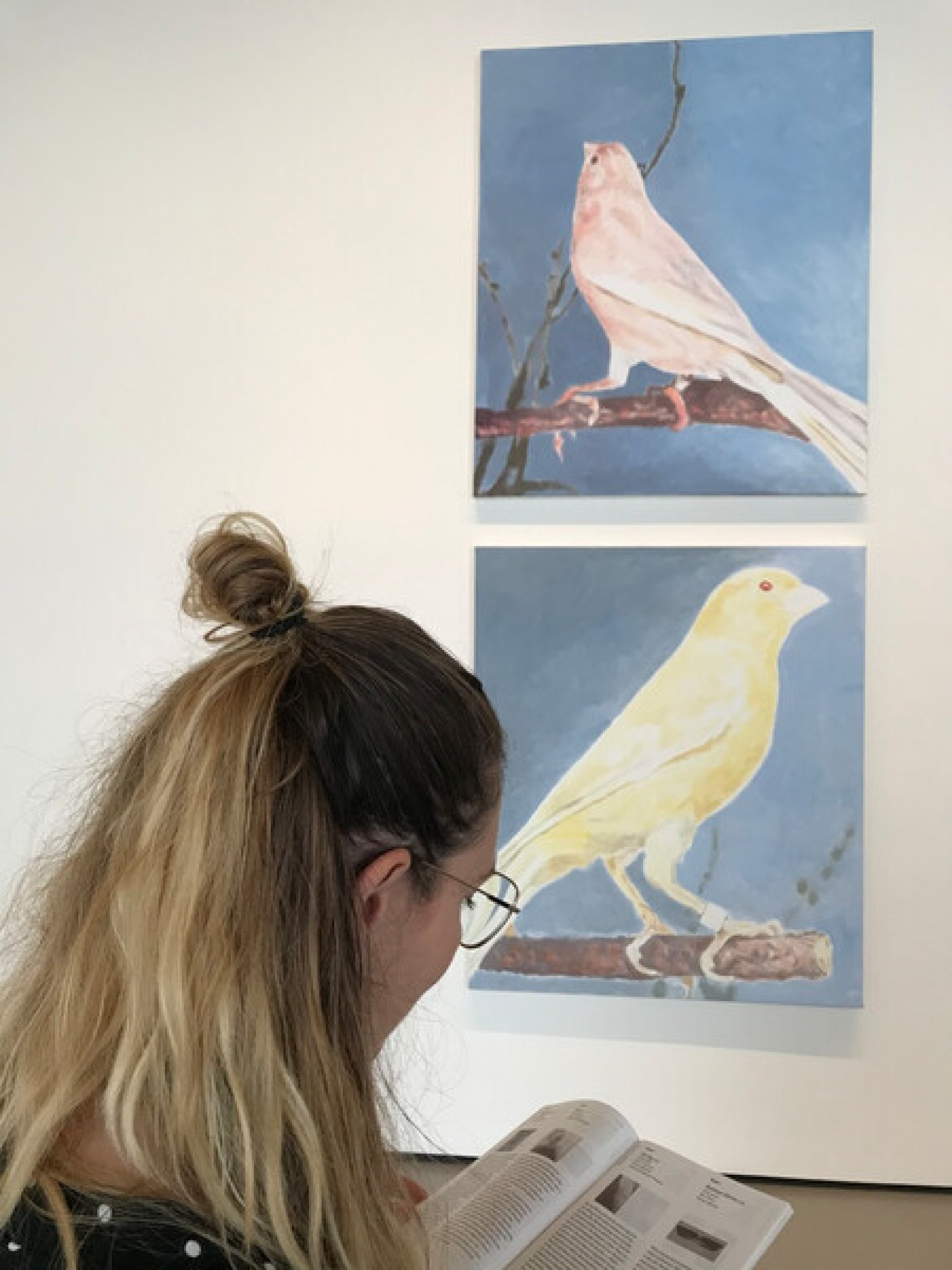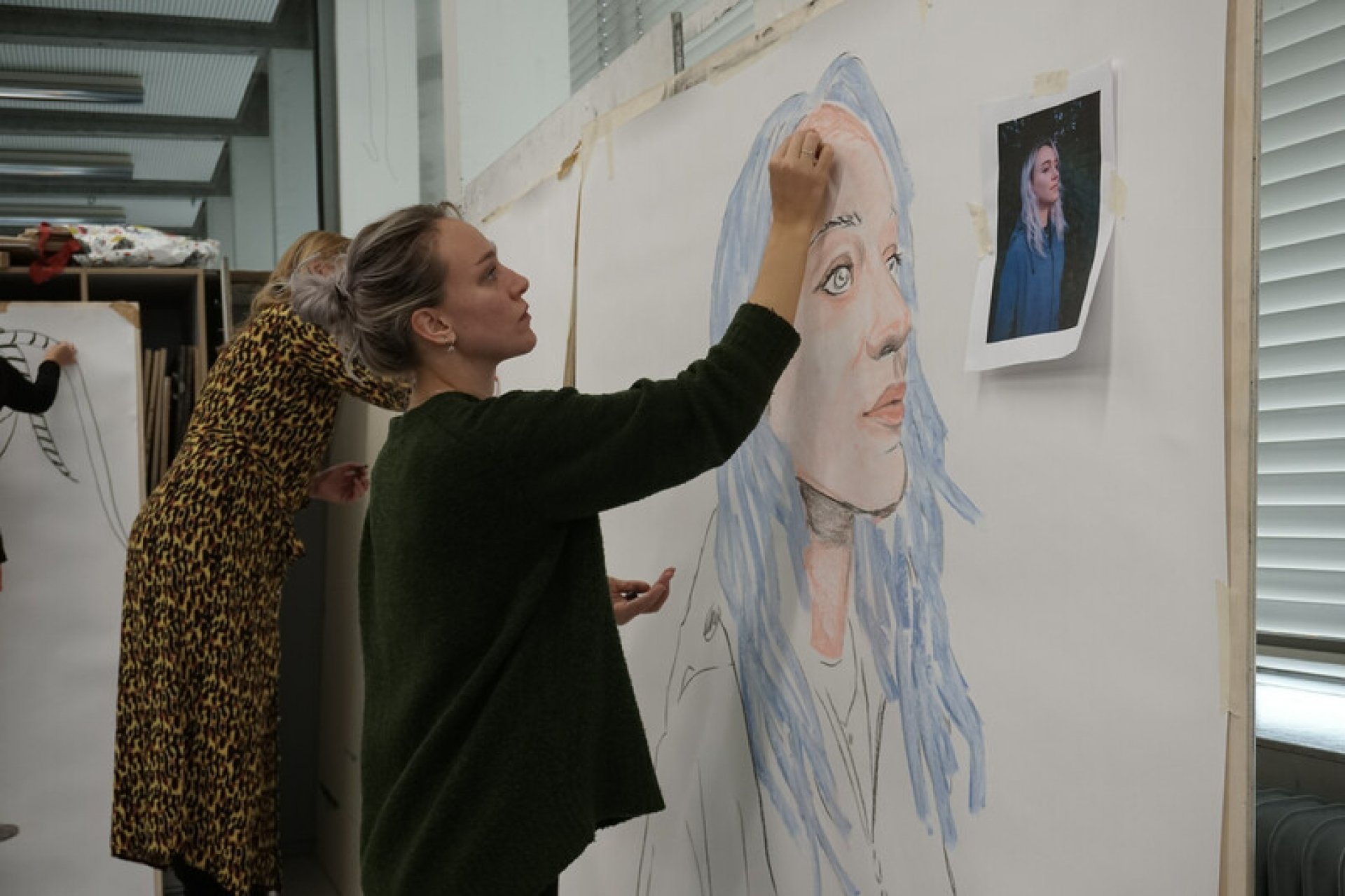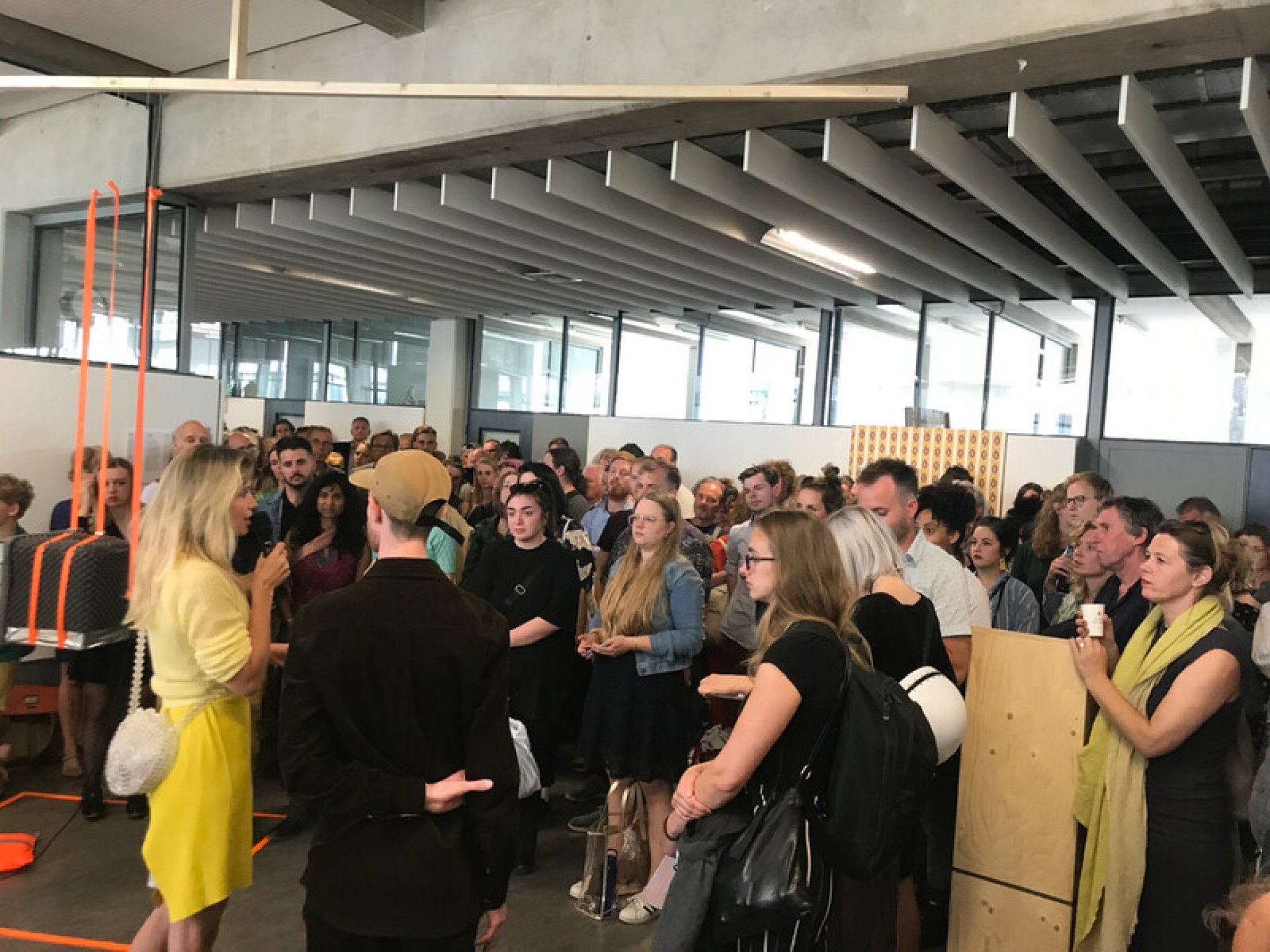Course
CourseHave you always wanted to study at the art academy and become a teacher of Fine Art and Design? The part-time Fine Art and Design in Education course in Arnhem is a condensed version of the full-time bachelor's course. This course is suitable for adults, who are able to study more independently from previous study and work experience and can therefore take the course in two days a week. The total study load is on average 25-30 hours per week.
As a teacher of Fine Art and Design, you bring others into contact with art and design, even people for whom that is not necessarily a matter of course. You tap into personal and social issues, and encourage people to look and create for themselves. You guide them in the creative process and in developing their own talent. In this way, they experience at first hand the difference that art can make and what it is like to express what occupies you.

In the Fine Art and Design in Education course, there is plenty of room to develop your artistic talents, in both autonomous art and design, so as to develop as a visual artist or designer. But as an artist educator, you are also called upon to consciously home in on that relationship, and to find answers to the following questions: what does visual work mean for my teaching? And what does teaching mean for my visual work?
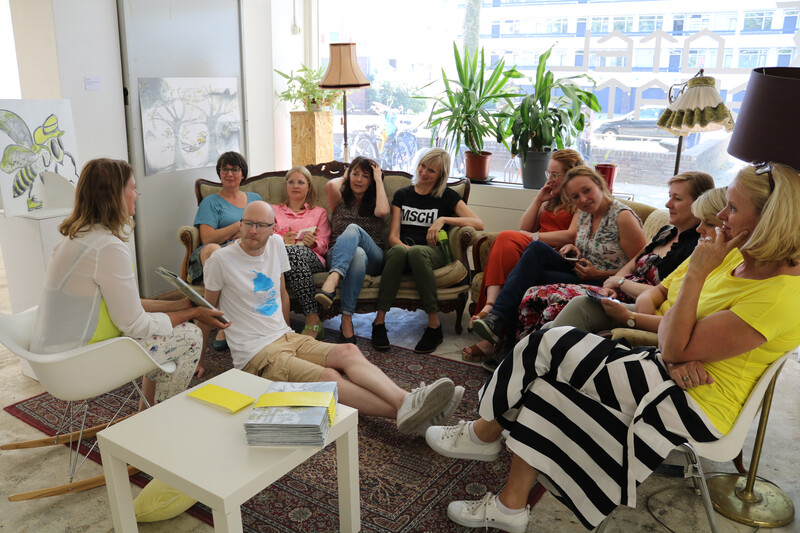

The professional field you will enter after graduation is broad. After the first foundation year, during which you become acquainted with all that is on offer, you will increasingly follow your own path. Elective programmes, workshops and specialisations broaden and deepen your knowledge and skills. Ultimately you will graduate with a profile that matches the artist educator you want to become.
As a part-time student, you can apply to DUO for a teacher training cost allowance. Internships are possible on the class days referred to and are arranged through the internship agency.
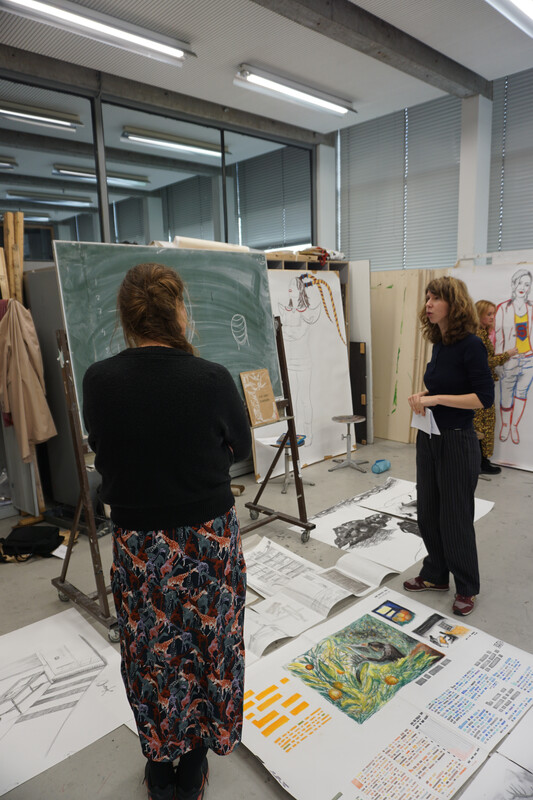

Read, look, digest, frustrate, whatever, but make! Make! Make! And keep going!
What do you learn in the part-time Fine Art and Design in Education course in Arnhem?
The part-time Fine Art and Design in Education course in Arnhem is practice-oriented and varied. The course curriculum focuses on three domains: Visual, Theory and Education.
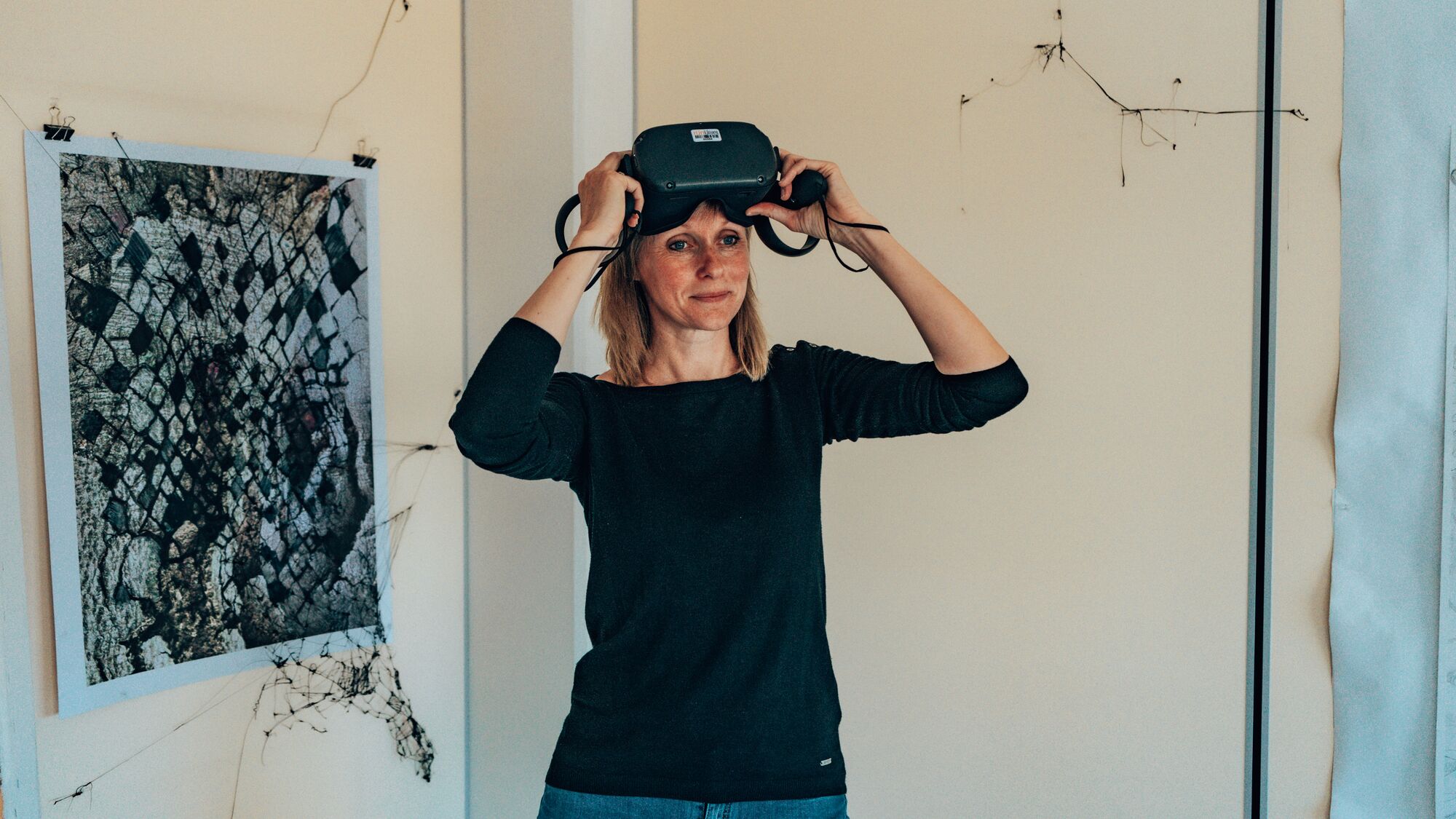
Costs
If you have not previously taken a teacher training course or a course in health care, in most cases you will pay the €2143 statutory tuition. Use the ArtEZ tuition guide to easily calculate whether this rate applies to you.
In addition to the tuition, please allow for book fees, material costs and money for excursions. As a part-time student, you can apply to DUO for an allowance to cover your teacher training costs. If you are already working in education, you may be eligible for a teacher scholarship. For any allowances, please also consult the websites of DUO (Education Executive Agency), the tax authorities and ArtEZ.
Timetable
You take classes in the group of part-time Fine Art and Design in Education. From the second year onwards, you work regularly with full-time Fine Art and Design in Education students. The class days and times are:
- Thursday 9:15 a.m. to 4:30 p.m. or 1:15 p.m. to 8:45 p.m. (this can change quarterly)
- Friday 9:15 a.m. - 4:30 p.m.
Course Structure
You don’t become a good art teacher in one day. It takes time, courage and perseverance, but it is very rewarding.
Internships
Every year you will do an internship. Internship experiences are an important part of your professional training. During an internship, all the skills from the professional profile come together and the knowledge you acquire during the course falls into place: you get the opportunity to actually apply what you have learned. You will discover which work setting suits you and which target groups you want to work with. You will also work out what kind of artist educator you want to be and what your own views are on education and art education.

In years two and three, you will do an internship at a secondary school. You will investigate whether education is for you and practise teaching under supervision.
I suddenly realised during the internship that my views on mainstream education have become more nuanced. I could also see how much effort the teachers put in to provide good education.
In year three, you can choose for yourself whether you want to do an internship in a school or elsewhere. School internships range from primary and general secondary education to secondary vocational education (MBO); settings for non-school internships include museums, festivals, publishers and arts centres. As a course, we have extensive contacts with the professional field and are therefore able to offer good internships.
In year three you will also do an interdisciplinary internship, working with students from the Theatre and Dance in Education courses.

I'm becoming more and more confident in front of a class. Whereas in the beginning it still felt a bit like a presentation, now it really is a proper lesson. I feel myself taking on the role of the teacher more and more. I help the pupils to become independent. If they have a question, I will answer them with another question to encourage them to come up with an answer themselves rather than me telling them straight away.
Activities outside the curriculum

The Fine Art and Design in Education course offers room to undertake all kinds of other activities in addition to the ‘regular’ parts of the course, organised by the course and the students themselves. Think of excursions, lectures, debates, professional symposia and exhibitions. The focus is on responding to current events, taking the initiative, broadening your perspective and presenting yourself to the outside world.
Art teaches you to look at reality from multiple perspectives; art opens up a whole range of possibilities.

Academic career counselling
Thanks to an extensive range of options in the intermediate phase and the freedom you are given in the final phase, as a Fine Art and Design in Education student you can define your own path during your course. This means you get to shape your own course and develop your own specialisation.Our academic career counsellors and teachers will help you meet the challenges you face along the way. Your academic career advisor will support you in maintaining the required progress in your studies and prepare you for your future career. They are your first point of contact when you come up against issues. If you encounter personal problems, your academic career advisor will discuss with you the possibility of referring you to a student counsellor.
Facilities
De academie beschikt over goed geoutilleerde werkplaatsen. Bij alle werkplaatsen zijn werkplaatsassistenten aanwezig.
Independent entrepreneur?
As an artist educator, you need an entrepreneurial attitude: the ability to take initiative, see opportunities and seize them. You will work on that throughout your course. If you choose to become an independent entrepreneur after graduation, you will need basic knowledge about entrepreneurship. This basic knowledge is acquired during the Art Economy workshops in the fourth year of the part-time Fine Art and Design in Education course.
Studying in Arnhem
You can find more information about studying in Arnhem here.
